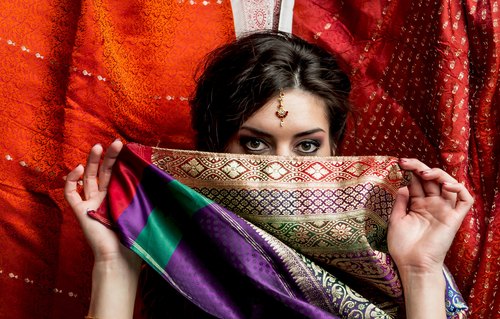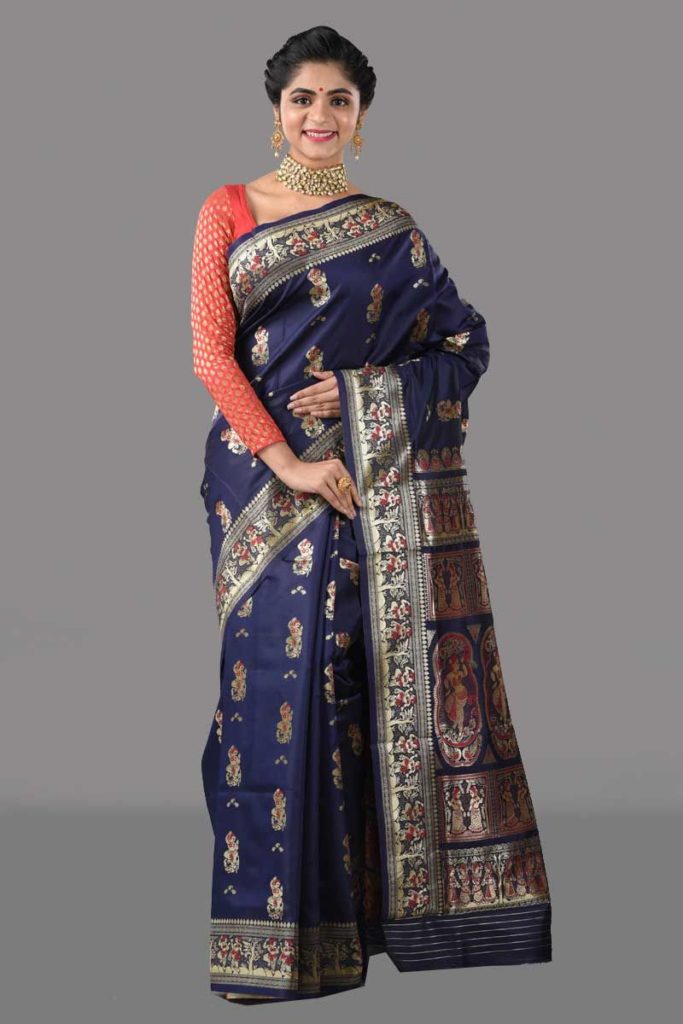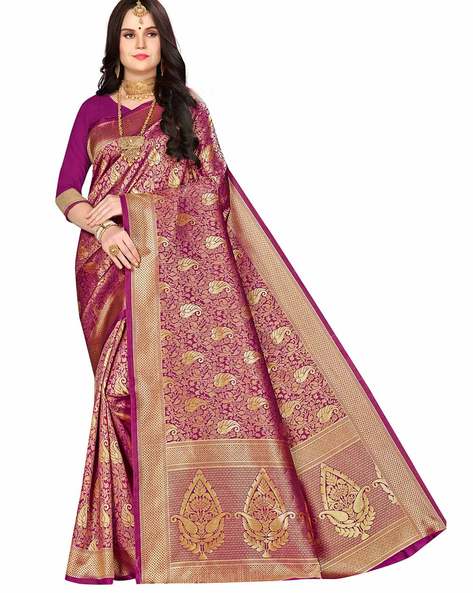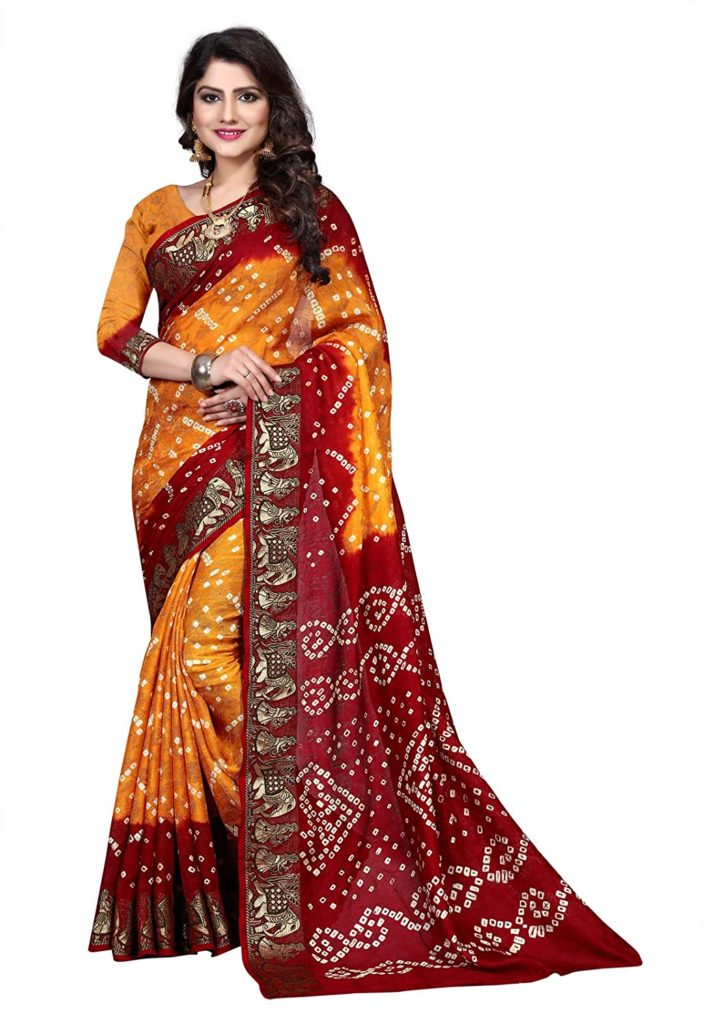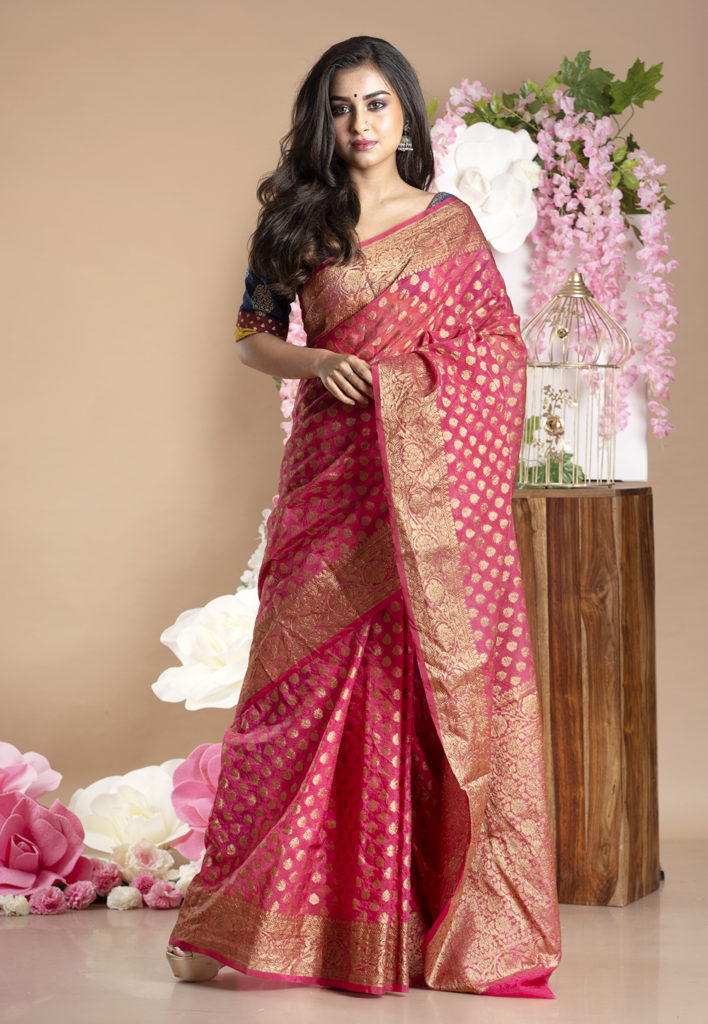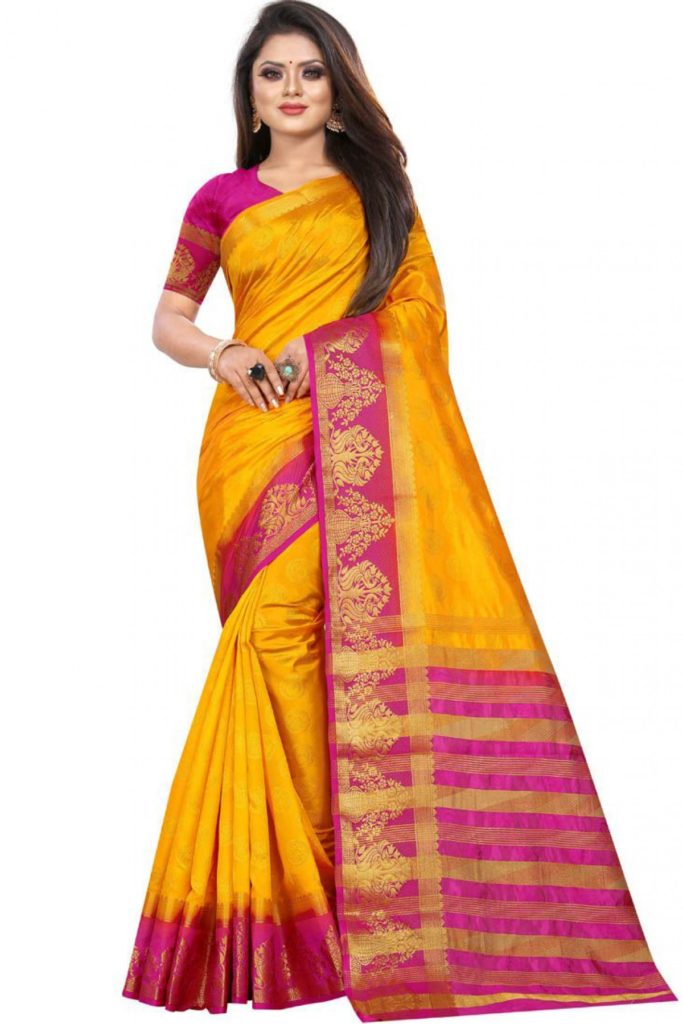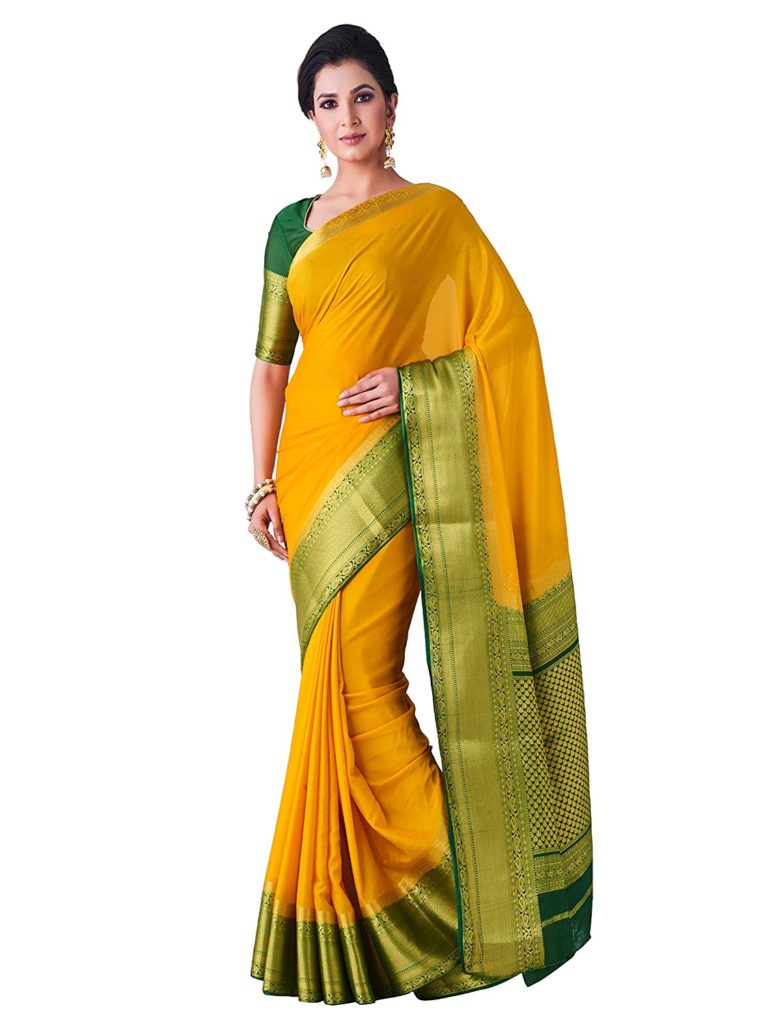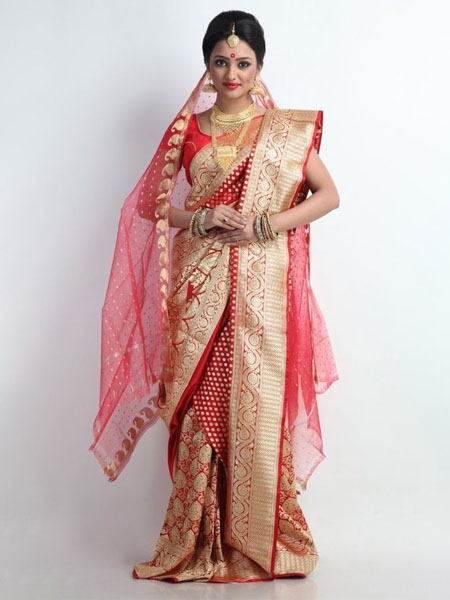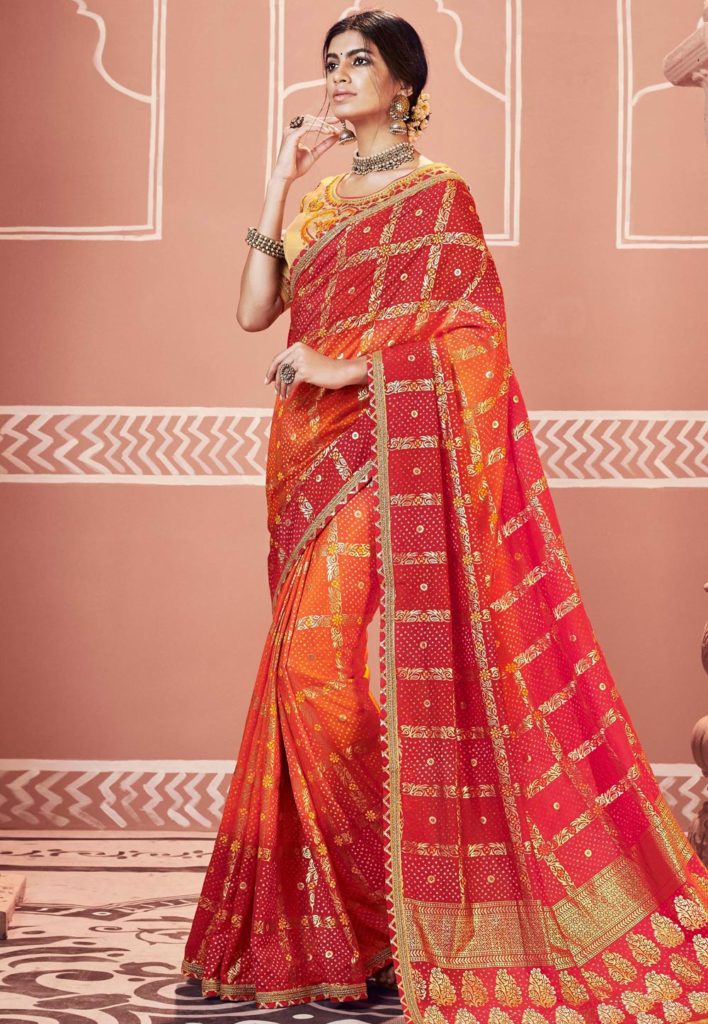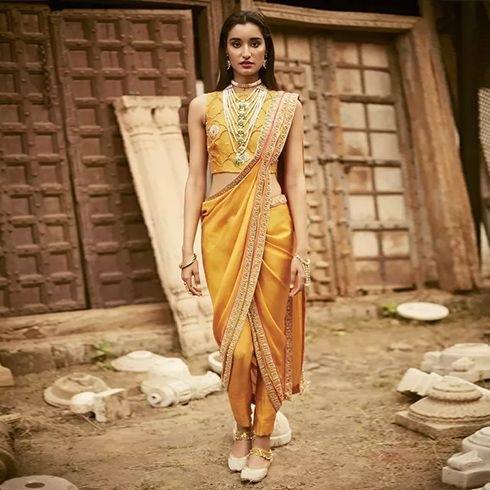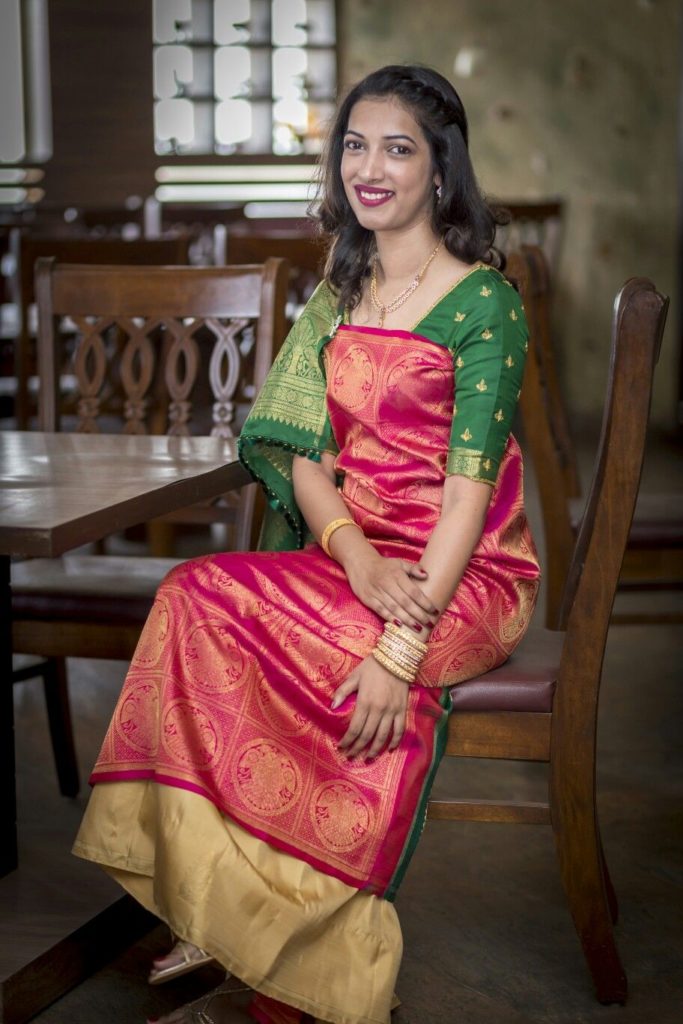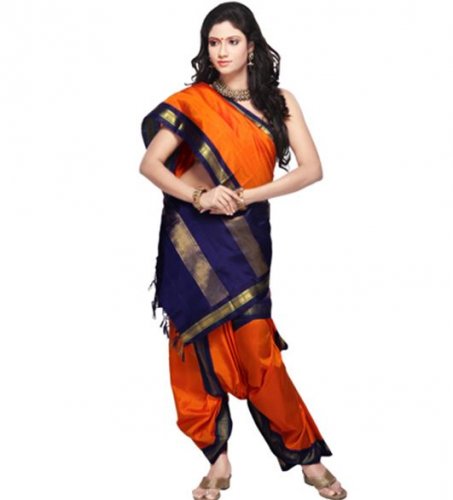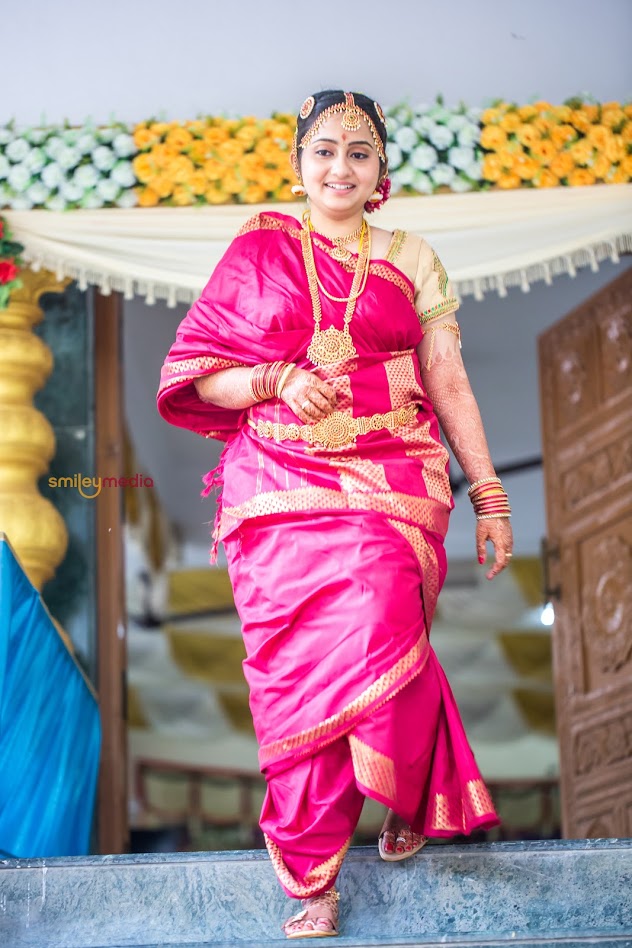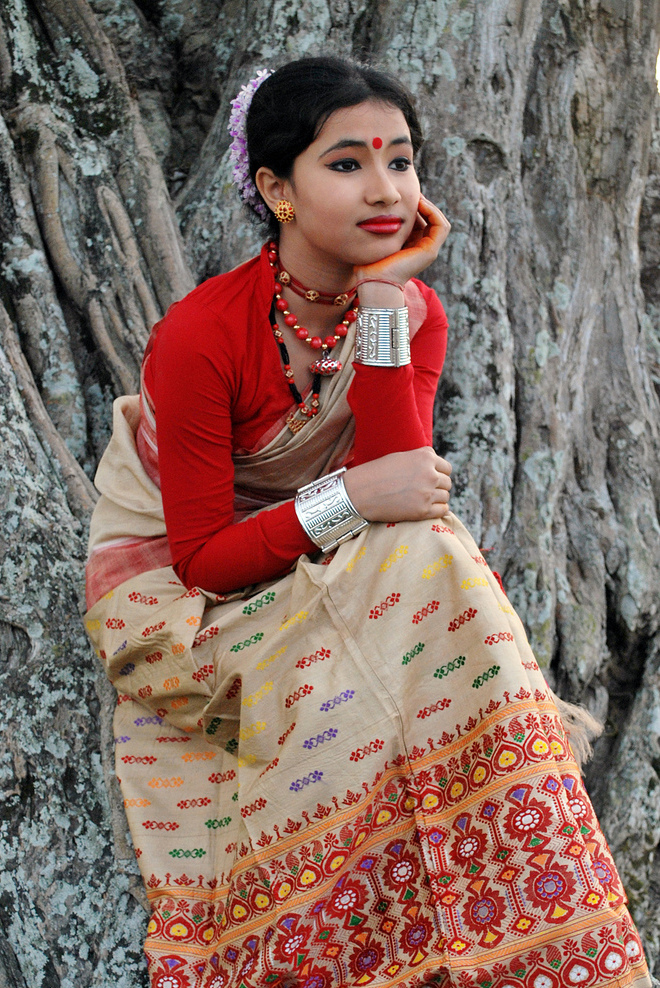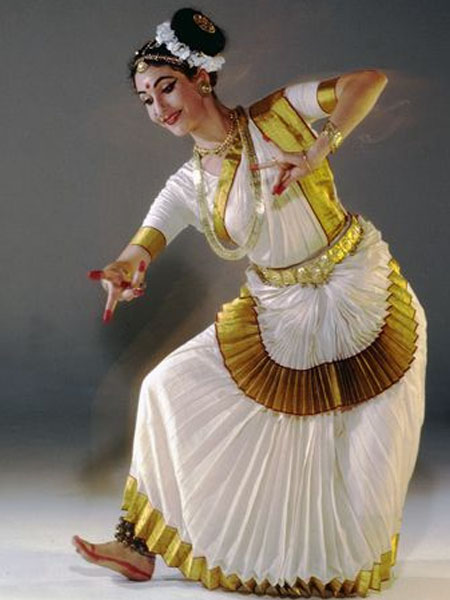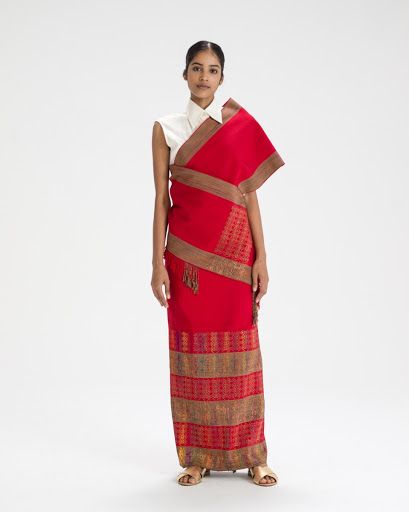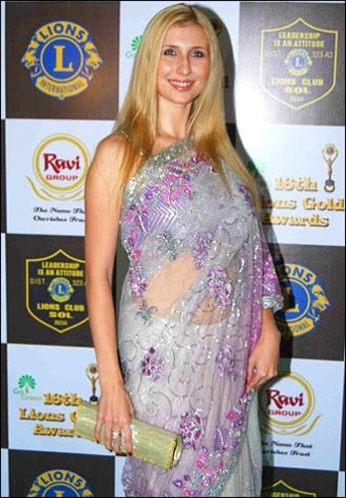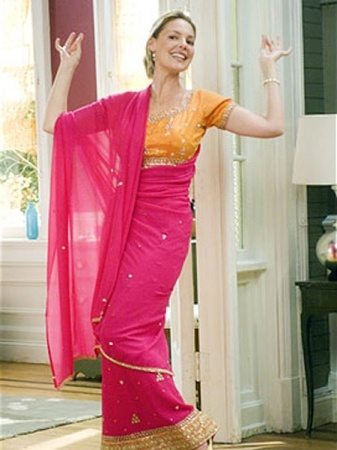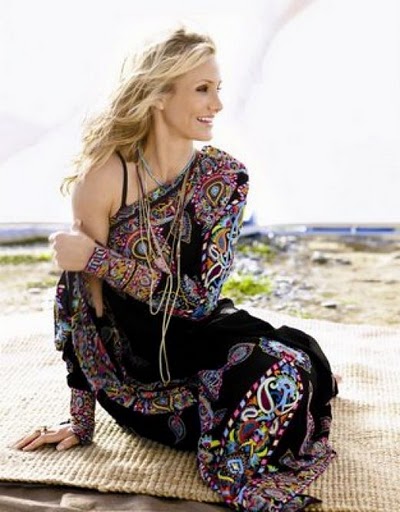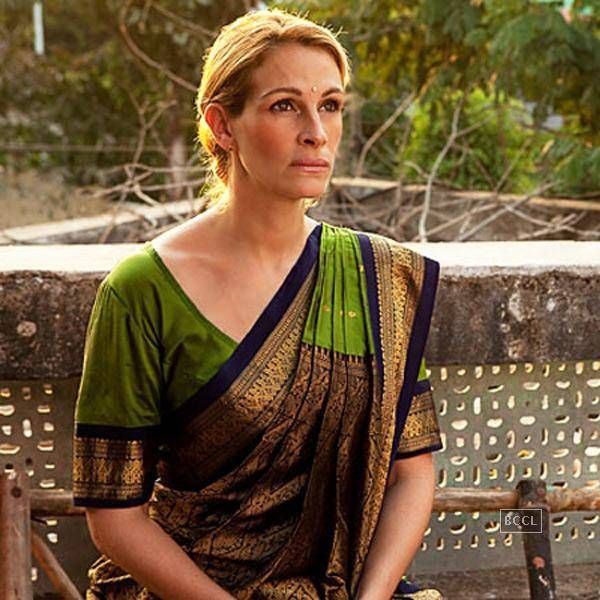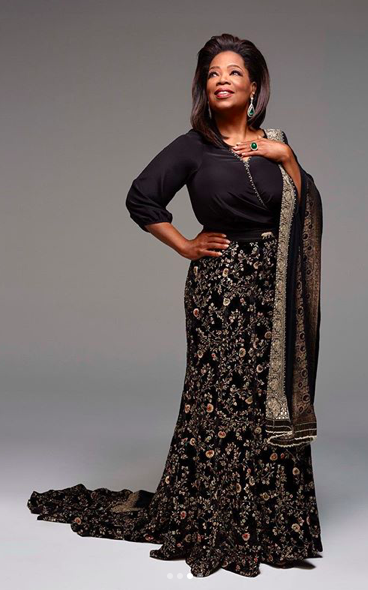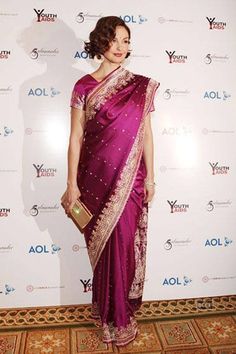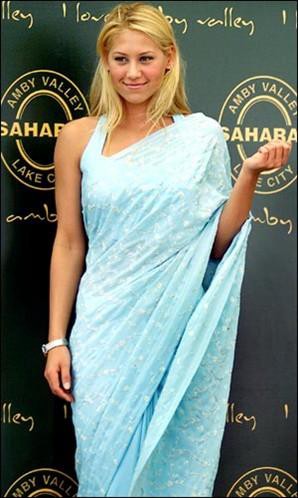“The sari I wear may be traditional, but I am six yards ahead of my time.”
Weaving its way across the entire subcontinent, since time immemorial, the sari has transformed into India’s most loved attire for its versatility, elegance, dignity and comfort. No wonder somebody has rightly said – “Sari maybe a rainbow draped in cloud.”
History Of A Tradition Called Sari:
The first mention of Sari can be traced back to the Rigveda, which is an ancient Indian collection of Vedic Sanskrit Hymns, dating back to 1500 BC.
Sari (originally Chira in Sanskrit, meaning cloth), is created from a single piece of fabric, five to nine yards in length, using a wide variety of fabric and is draped in different styles based on region, religion, custom, or occasion.
Some historians are of the view that the word Prakrit, which finds mention in early Buddhist literature was also a term used for Sari, which further emphasizes how ancient the tradition of wearing a sari is.
There is ample evidence to show that women during the Indus Valley Civilization used to drape themselves in Saris. A statue recovered from the Indus Valley Civilization depicts a female priest wearing a cloth draped like a Sari. The way a sari used to be worn in those times was to aid their free movements while still covering their modesty.
In the early days, the sari was a three-piece ensemble comprising the Antriya – the lower garment, the Uttariya – a veil worn over the shoulder or the head and the Stanapatta which is a chest band. Antriya resembled the dhoti or the fishtail style of tying a sari. It further evolved into Bhairnivasani skirt, which went onto be known as ghagra or lehenga. Uttariya evolved into dupatta and Stanapatta evolved into the choli.
In the epic Mahabharata, which was composed around 400 BC, there is this incident of Lord Shri Krishna staving off Draupadi’s disrobing by bestowing upon her an unending sari. Saris are also mentioned in ancient manuscripts like Natya Shasthra, Silappadhikaram and Kadambari.
Knowledge of ancient Indian clothing comes from rock sculptures and paintings in cave monuments such as Ajanta and Ellora where goddesses and dancers wore a dhoti wrap which was probably a predecessor to the sari. The saree has draped many women – be it goddess Durga who defeated the demons or Rani Lakshmi Bai who led a military during a war.
Despite being one of the oldest form of garment in the world, the sari has continued to be in fashion and its popularity still soars despite the younger generation experimenting with other garments.
Mesmerizing Varieties Of Saris:
“When grace and culture shook hands, the sari was born”
India being the powerhouse of dyeing, printing and weaving, has over 6.5 million people involved in the production of handloom saris. The ubiquitous sari is a multifarious creation, designed and produced using a plethora of fabric and is visibly distinct based on the region where it is woven. Notably there are atleast 30 major types of traditional and regional sarees, with a fathomless number of variants emanating from these.
Some of the most popular varieties of sarees include Banarasi Sari, Kanjeevaram Sari, Mysore Silk Sari, Chanderi Sari, Maheshwari Saris, Leheria Sarees, Jamdani Sari, Bandhej Sari, Taant Sari, Baluchari Sari, Paithani Sari to name a few.
While the Bandhani and Kota Doria are popular in Rajasthan, Bandhej and Patola are extremely popular in Gujarat. Bandhani(called Bandhej in Gujarat) is the traditional Indian tie and dye art used to produce beautiful and delicate dotted patterns on fabrics. The vibrant spectrum of colours and elegant designs make it one of the most adored fabric. Kota Doria is the name of a light woven fabric made of tiny woven squares (khat) which is still handwoven on traditional pit looms in Kaithoon near Kota in Rajasthan and in some of the surrounding villages. Kota Doriya Sarees are made of pure cotton and silk and have square like patterns known as khats on them.
Mysore Silk Sarees are nothing short of handcrafted elegance. While Darjeeling tea was the first Indian product to qualify for the Geographical Indication (GI) tag, Mysore silk has the distinction of being the first GI tagged product from Karnataka. Renowned for its quality, lustre and elegance, Mysore Silk sarees are produced exclusively by Karnataka Silk Industries Corporation Ltd. which holds a patent for its production.
Since time immemorial, Banarasi sarees have been celebrated across India for their grace and beauty. These sarees made of silk and gold/silver zari work are popular across the globe. In fact, these sarees have been highly coveted all over India for centuries. Usually in bright red, trimmed with metallic zari thread, and prized by brides, these sarees have been a part of the bridal attire for several ages.
In West Bengal, Baluchari saris flaunt depictions of mythological scenes on the pallu of the sari. Every sari has a story about the society and people around it. These sarees used to be produced in Murshidabad but presently Bishnupur and its surrounding areas of West Bengal are the only place where authentic Baluchari saris are produced. It takes approximately one week to produce one such sari. Another popular saree type in West Bengal are the Kantha saris, which is a unique form of embroidery craft.
The Kanchipuram silk saris, produced in Kanchipuram region of Tamil Nadu, are woven from pure mulberry silk thread and zari. To weave a Kanchipuram sari three shuttles are used. While the weaver works on the right side, his aide works on the left side shuttle. The border colour and design are usually quite different from the body. If the pallu (the hanging end of the sari) has to be woven in a different shade, it is first separately woven and then delicately joined to the Sari. The part where the body meets the pallu is often denoted by a zigzag line. In a genuine Kanchipuram Silk Sari, body and border are woven separately and then interlocked together. The joint is woven so strongly that even if the saris tears, the border will not detach. That differentiates the kanchivaram silk saris from the others.
The weaving culture of Chanderi sari, a saree woven in Chanderi, Madhya Pradesh, emerged between the 2nd and 7th centuries. In the beginning the weavers were traditionally Muslims. Around 1350, Koshti weavers from Jhansi migrated to Chanderi and settled there. During the Mughal period, the textile business of Chanderi reached its peak. Chanderi saris are produced from three kinds of fabric: pure silk, Chanderi cotton and silk cotton. Traditional coin, floral art, peacocks and geometric designs are woven into different Chanderi patterns. The saris are among the finest in India and are known for their gold and silver brocade or zari, fine silk, and opulent embroidery.
Draping A Saree In Style
“A saree is that the perfect way of proudly flaunting who i’m without having to mention it.”
If one was not already spoilt for choice in selecting from a plethora of saree types, there are several ways to drape a saree with each style giving a different look and feel. No wonder the saris are rightly called “Six yards of elegance and fashion”.
According to Cristin McKnight Sethi, a South Asian textile expert and professor of art history at George Washington University’s Corcoran School of the Arts and Design, there are more than one hundred ways to drape a sari depending on region, fabric, length and width of the garment, and what the wearer might be doing that day. These styles have been meticulously recorded on the website http://thesariseries.com/
Some of the most common styles of draping a saree include belt style, dhoti style, neck drape style, mumtaz style, mermaid style, pant style, butterfly style, lehenga style, front pallu style, and pre-stiched gown style.
“The sari both as symbol and reality has filled the imagination of the subcontinent, with its appeal and its ability to conceal and reveal the personality of the person wearing it,” says Delhi-based textile historian Rta Kapur Chishti, author of Saris of India: Tradition and Beyond and co-founder of Taanbaan, a fabric company devoted to reviving and preserving traditional Indian spinning and weaving methods.
The draping styles also vary from state to state – Athpourey (West Bengal), Kapullu (Andhra Pradesh), Nauvari (Maharastra), Seedha Pallu (Gujarat), Dhangad (Goa), Coorgi (Karnataka), Gol (Parsi), Saanthal (Jharkhand), Madisaru (Tamil Nadu), Surguja (Chattisgarh), Mohiniattam (Kerala), Makhela Chador (Assam), Purnia (Bihar), Rajasthani.
The wide variety of saris and the multitude of draping styles clearly suggests that saris are not just swaths of fabric or just any other simple garments. Saris are symbols of culture, tradition, national pride, design and craftsmanship, and illuminates the diversity across the different states of India.
No matter what the occassion, saris make you stand out from the crowd. Bollywood celebrities like Aishwarya Rai and Sonam Kapoor flaunted their sarees at the Cannes Film Festival. Even Lady Gaga, Madonna, Paris Hilton and Selena Gomez could not resist this gorgeous piece of clothing.
“A saree isn’t just a garment. It’s an influence , an identity, a language.”
Despite the new generation shunning saris for other western wear, the sari business is still thriving and is a 15 billion dollar business. However, thanks to globalization and never ending competition from China – machine made sarees – the tradition is slowly being lost as weavers are out of business due to this unhealthy competition. While machines can help produce sarees in bulk and at lower cost, the attention to detail in producing the sari can only be executed by a master craftsman.
Such is the passion for weaving saris that, Boga Balaiah, a traditional handloom weaver from Pochampally village in Yadadri Bhuvanagiri district, has put in two years of strenuous work, a whopping 121 hues and an equal number of motifs to embellish the 5.5 yard wonder – a Ikat dyed mercerised cotton sari.
In West Bengal, the handloom saris, woven on a shuttle-pit loom made from ropes, wooden beams and poles, take three days to produce a single sari. The effort and diligence that goes into weaving such a masterpiece deserves it’s price and cannot be compared with machine woven sarees in China.
The price range for a saree could vary anywhere between $20 – $10000. There is a market for saris of all price ranges. There are hundreds of brands and companies manufacturing saris but there is not one single large go-to brand in India because of the diversity that exists in the types of saris produced.
Despite all the challenges, let’s hope that this tradition continues to blossom and doesn’t wither away.


